Leica M (Typ 240): Leitz Elmar-C 90mm f/4
Preparations for the Unit | Body with Lens Attached | Some Technical Data | Color Shading and Vignetting | Sample Images | Close-Up Behavior | Conclusions | Links
Archive
I bought most of my M-mount (and M39) lenses for use with the Ricoh GXR M-mount expansion unit, at which they are used with a crop factor of 1.5 x. But I always wanted to also use these lenses "as intended" and was therefore looking for a full-frame camera body for quite some time. Finally, at the end of October 2015, I purchased a used Leica M (Typ 240) as the "body" for my M-mount lenses. On these pages you can find my first personal experiences with the lenses at the Leica M (Typ 240). This page is devoted to the Leitz Elmar-C 90mm f/4 lens.
All lens pages: Voigtländer 15mm f/4.5 | Voigtländer 15mm f/4.5 III | Zeiss Biogon 21mm f/4.5 | Voigtländer 25mm f/4 (M39) | Leica Elmar-M 24mm f/3.8 ASPH. | Minolta M-Rokkor 28mm f/2.8 | Zeiss Biogon 35mm f/2.8 | Zeiss Sonnar 50mm f/1.5 | Voigtländer 75mm f/2.5 (M39) | Leitz Hektor 85mm f/2.5 (M39) | Leitz Elmar-C 90mm f/4 | Leitz Tele-Elmarit-M 90mm f/2.8 | Leitz Tele-Elmar 135mm f/4
See also: Leitz Tele-Elmarit-M 90mm f/2.8 versus Elmar-C 90mm f/4 - Leitz Tele-Elmarit-M 90mm f/2.8
Preparations for the M-Mount Expansion Unit
In preparation of the Ricoh GXR M-mount expansion unit, I bought one lens, a Voigtländer Super Wide Heliar 15mm f/4.5, and auctioned a second one in August 2011, a Leitz Elmar-C 90mm f/4. Both lenses were meant to extend the range of my two Ricoh GXR A12 units at the wide and tele ends.
The Leitz Elmar-C, which I auctioned at eBay for a little more than 170 EUR (S/N: 2642706 > built in 1973; source: Olypedia: Leica CL and Leica Wiki), was originally dedicated to the Leica CL. The Leica CL was manufactured for Leitz by Minolta in the 1970s (production era: 1972/3-1977; Version 11540). Minolta also sold its own, improved version of this camera, the Minolta CLE, after Leitz had discontinued the CL. I read that the Elmar-C was the only Japanese lens that was manufactured in Germany.
 |
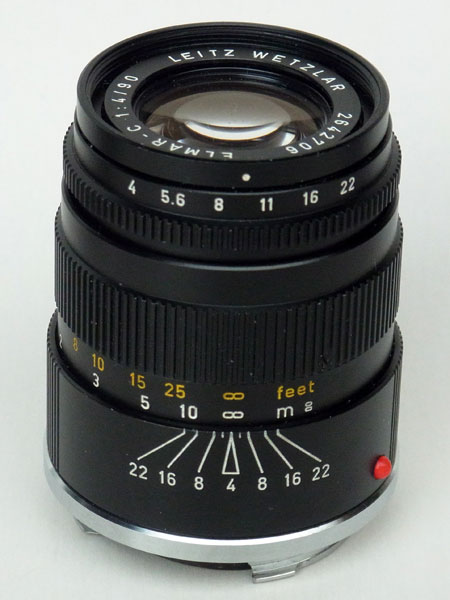 |
 |
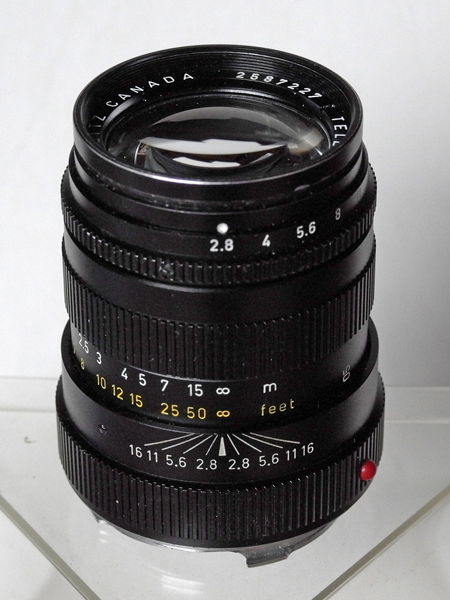 |
Figures: Leitz Elmar-C 90mm f/4 lens - Leitz Tele-Elmarit-M 90 f/2.8 lens for comparison (right)
Body with Lens Attached
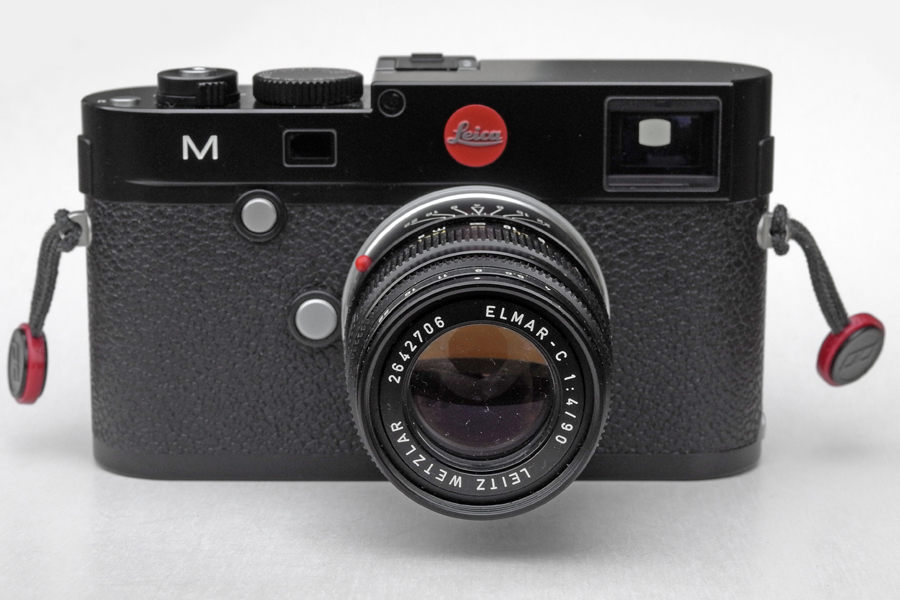 |
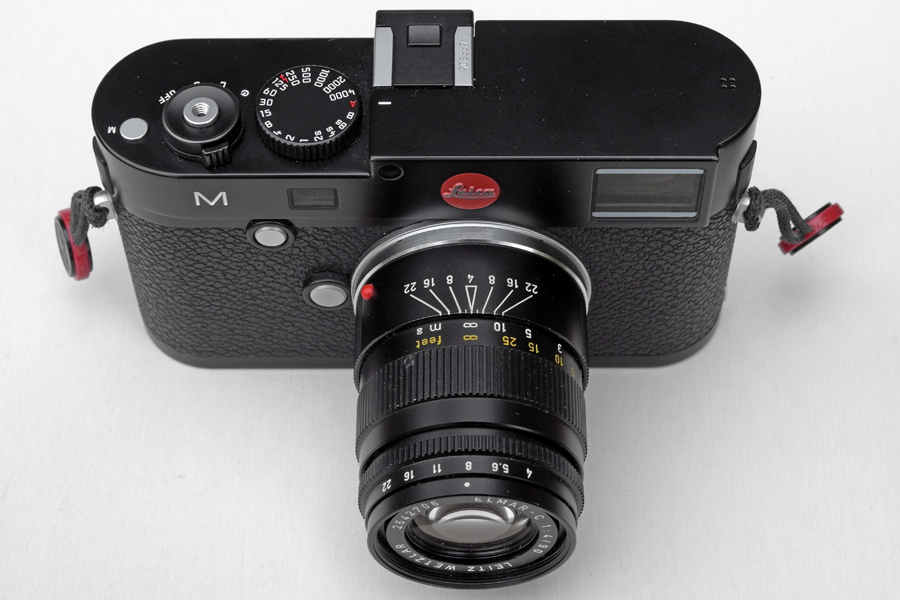 |
|
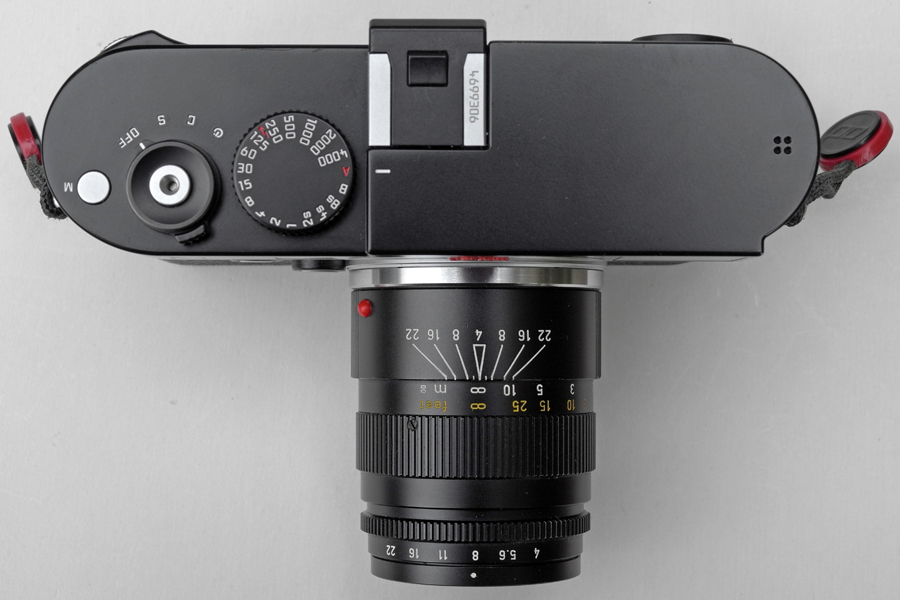 |
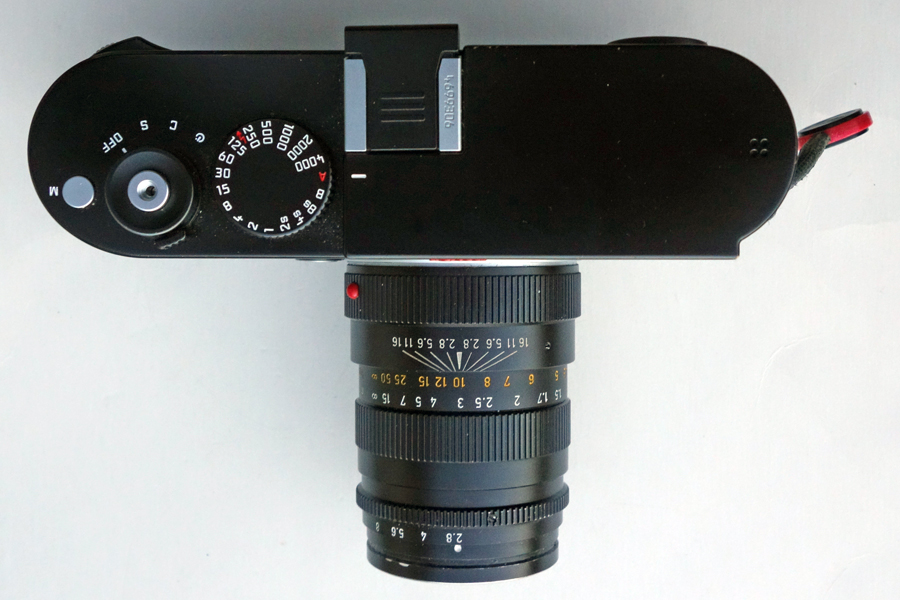 |
Photos: Leica M (Typ 240) with Leitz Elmar-C 90mm f/4 lens and with Tele-Elmarit-M 90mm f2.8 lens (bottom right) for comparison
Some Technical Data
| Data | Leitz Elmar-C 90mm f/4 | Leitz Tele-Elmarit-M 90mm f/2.8 (for Comparison) |
| Model number | 11540 | 11800 |
| Focal length | 90 mm | 90 mm (05 as correction, unclear what this amounts to...) |
| Angle of view (35mm film) | 27° diagonal | 27° diagonal |
| Maximum aperture | 4 | 2.8 |
| f-stop range | 4-22 | 2.8-16 |
| Number of iris blades | 10 | 10 |
| Number of lenses/groups | 4/4 | 4/4 |
| Shortest distance | 1.0 m | 1.0 m |
| Weight | 246/270 g (210 g on our own scales) | 225.8 g (Ken Rockwell) (210 g on our own scales) |
| Length | 60 mm (61 mm) | 61.3 mm at infinity, 67.92 mm overall (Ken Rockwell)) |
| Maximum diameter | 51 mm | 51 mm |
| Filter thread | 39 mm - 5.5 type; do not use 39 mm filters - may cause damage! | 39 mm filters (E39) |
| Lens hood | folding rubber hood (11250) with its own pop-in cap (11252), screw mount; the lens was supplied with this hood | folding rubber hood (11250) with its own pop-in cap (11252), screw mount; the lens was supplied with this hood, but mine has a metal lens hood 12575, which can also be used (I can use the rubber hood from my Elmar-C) |
| Smallest object field / magnification | 330 x 220 mm (Olypedia); 372 x 248 mm / 1:10.4 (calculated); 300 x 200 mm / 1:8.4 (from photo) | 1:9 (Ken Rockwell) |
Lens Hoods
The Leitz Elmar-C 90mm f/4 can use the screw-in folding rubber hood (11250) with its own pop-in cap (11252). The hood has a special 5.5 type filter thread that cannot take 39 mm filters.
The Leitz Elmar-C 90mm f/4 cannot use the metal lens hood 12575, which is shown to the right on all photos.
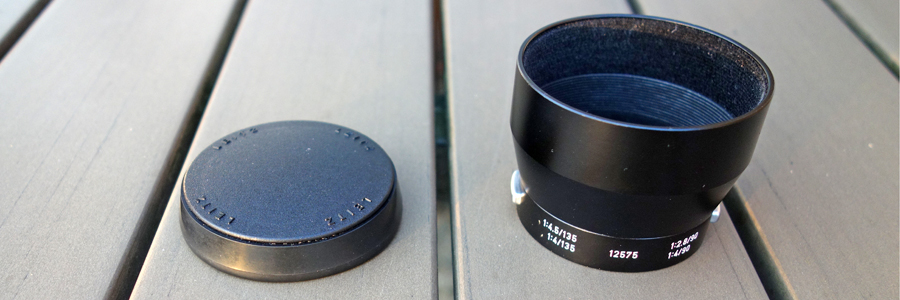 |
Metal lens hood 12575 to the right on all photos | |
|
|
|
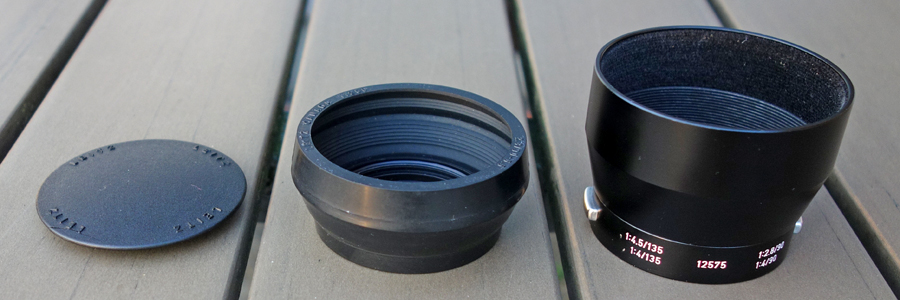 |
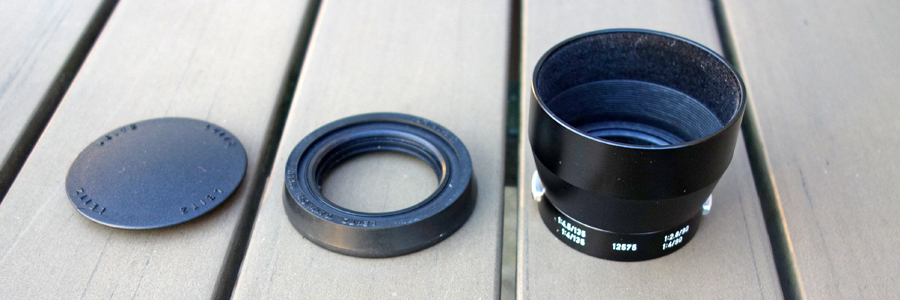 |
|
 |
 |
Color Shading and Vignetting
At the end of November 2015, I did a more systematic investigation into color shading and vignetting, which was also meant to provide (at least, preliminary) calibration images to be used with the CornerFix application for removing color shading (see below). I followed the recommendations for calibration images, set exposure compensation to +1, and used the lenses' maximum aperture as well as f/8. Distance was set to infinity to smooth out irregularities in a white cardboard (actually, a large calendar) that I photographed (the sun was covered). Last, but not least, I included three more manual lens settings in the shots just to check the results for these lenses as well. Each shot was done twice to make sure that the conditions were consistent.
This investigation confirmed the first impressions in most aspects. Here are the results for the Leitz Elmar-C 90mm f/4 lens (11540):
| Lens Detection Option, Selected Lens | f/4 | f/8 |
| "Off" None |
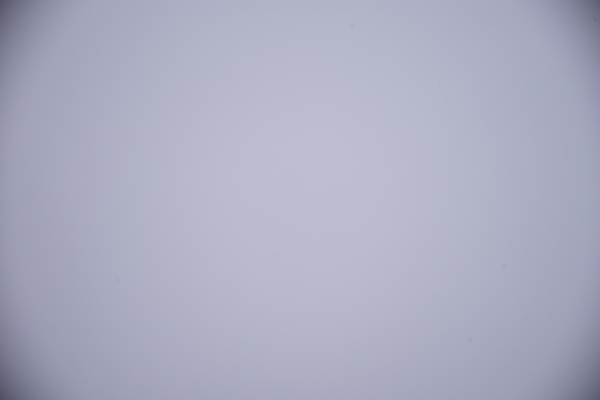 |
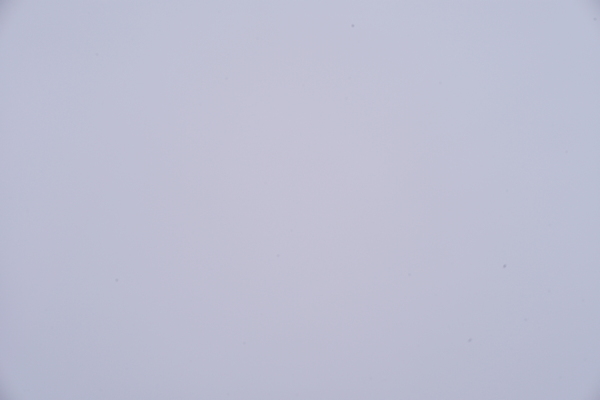 |
| "Off" None |
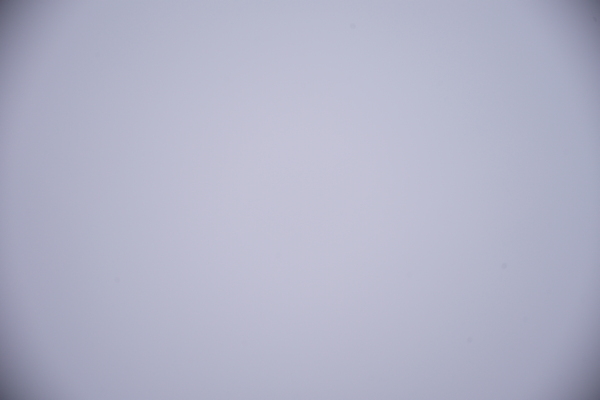 |
 |
| "Manual" Leica Macro-Elmar M 90mm f/4 11633/11634 |
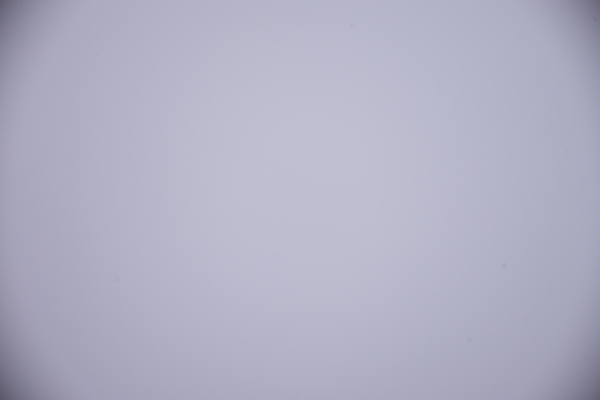 |
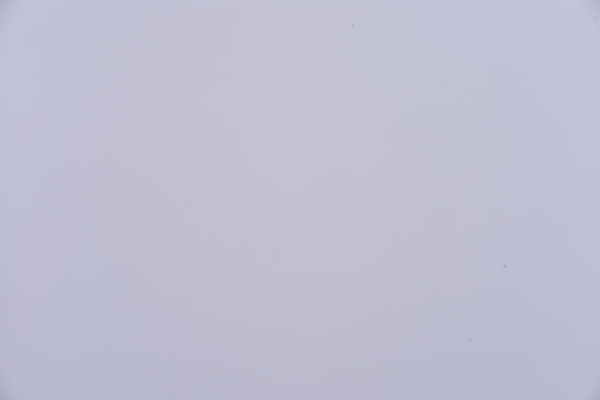 |
| "Manual" Leica Macro-Elmar 90mm f/4 11633/11634 |
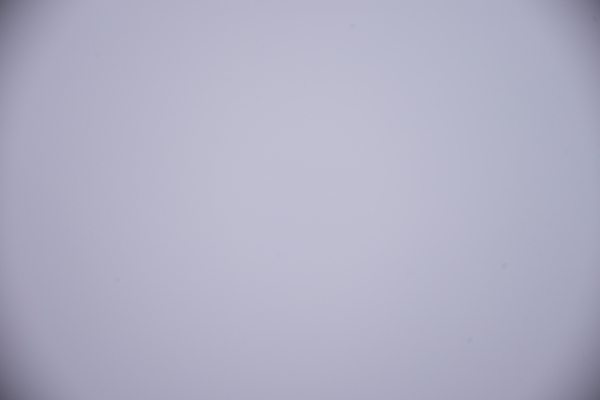 |
 |
Photos: Calibration shots with Leitz Elmar-C 90mm f/4 (11540)
There is practically no color shading. The manual setting changes the color cast very slightly and improve vignetting slightly. Thus, selecting the Leica Macro-Elmar-M 90mm f/4 for this lens improves vignetting slightly.
Conclusion: This lens can be used with "Lens Detection" set to "Off", but selecting the Leica Macro-Elmar-M 90mm f/4 for this lens improves vignetting slightly.
My current status: "Lens Detection" set to "Off".
Sample Images
Below are a first few samples taken with the Leitz Elmar-C 90mm f/4 lens (click the images to view the unprocessed original files in a new window).
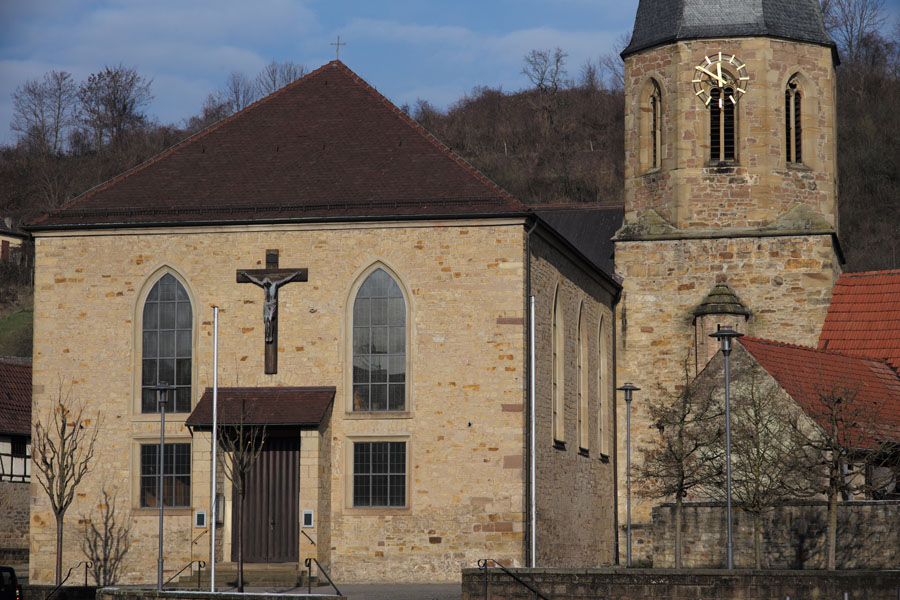 |
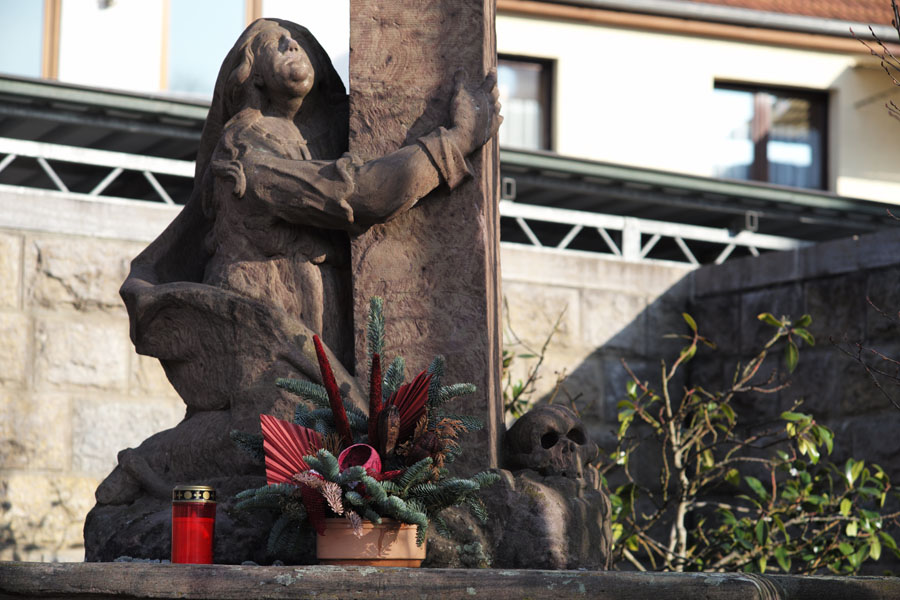 |
|
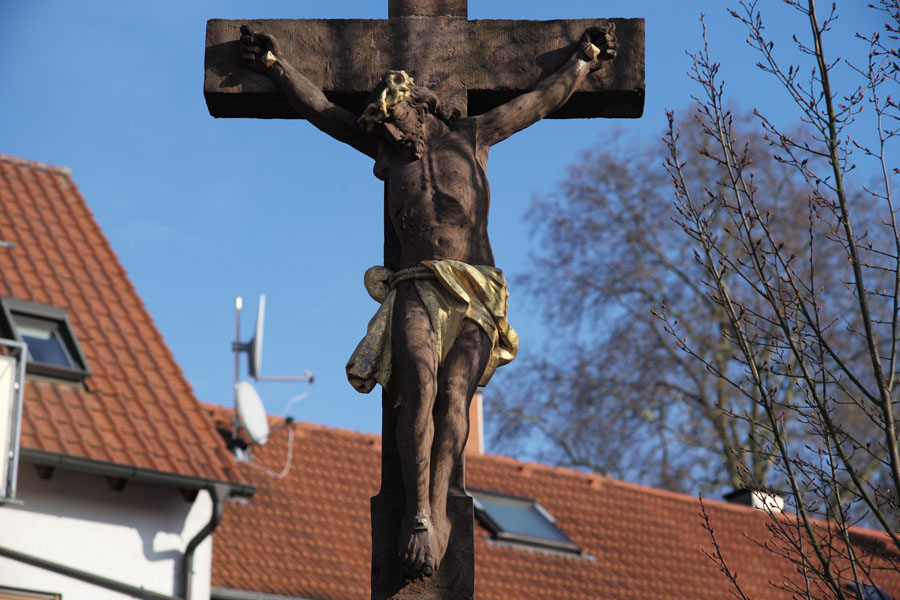 |
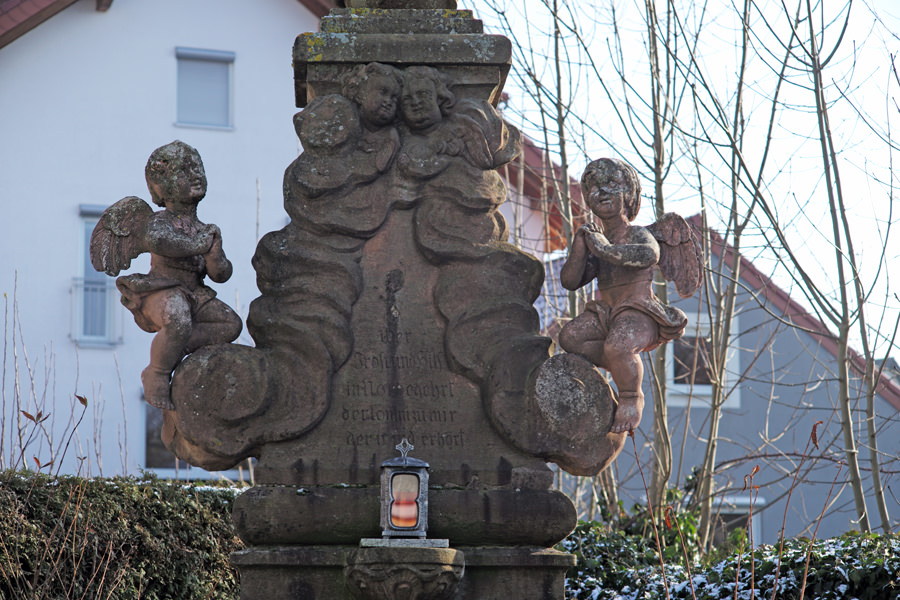 |
|
 |
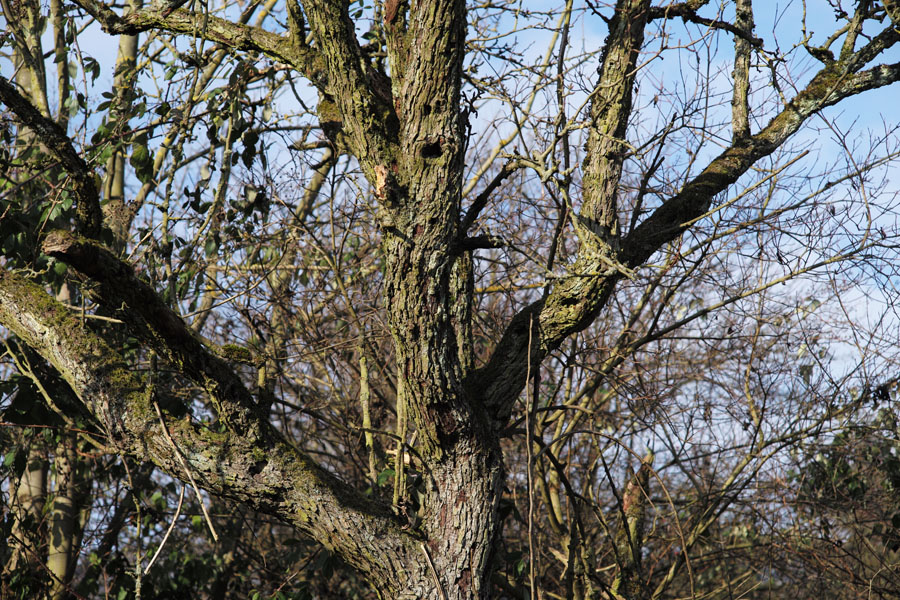 |
|
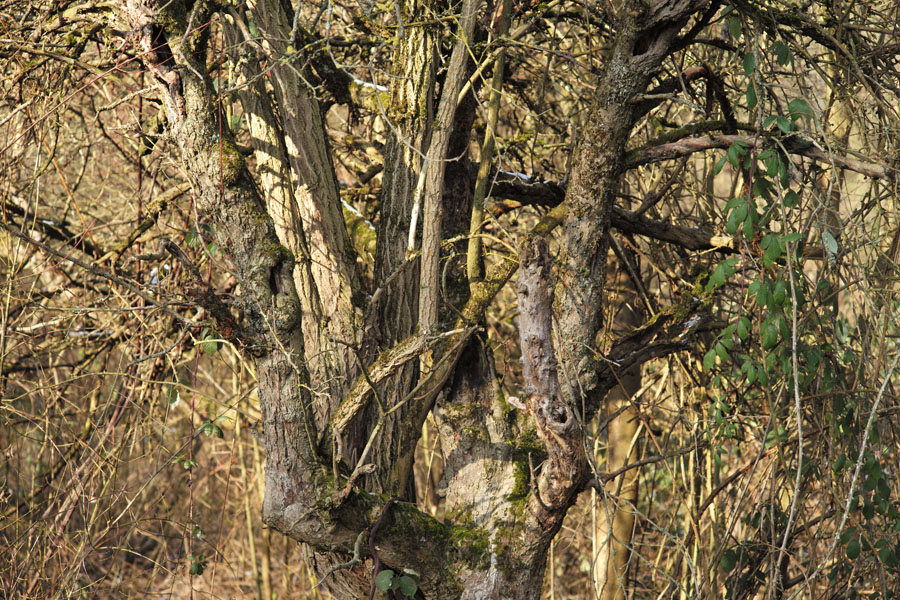 |
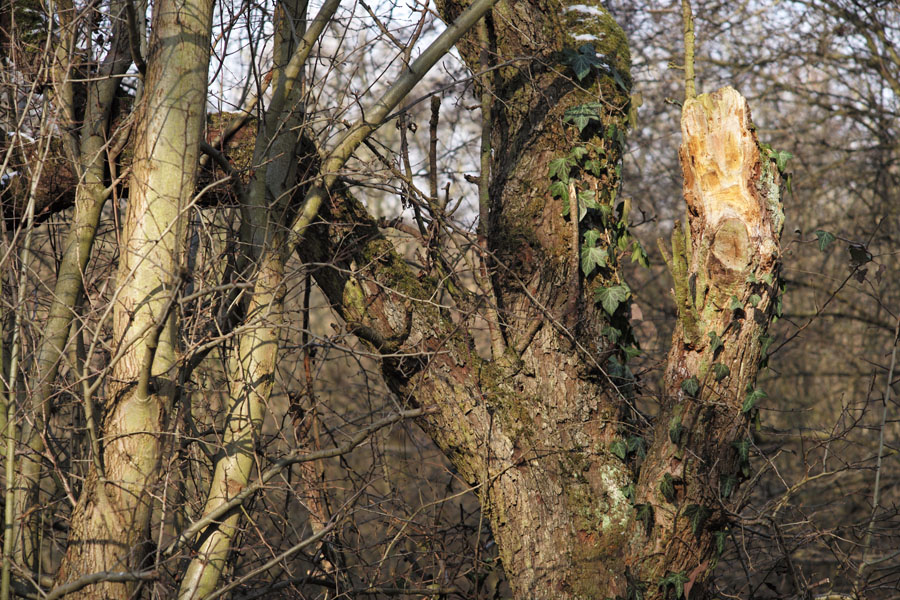 |
|
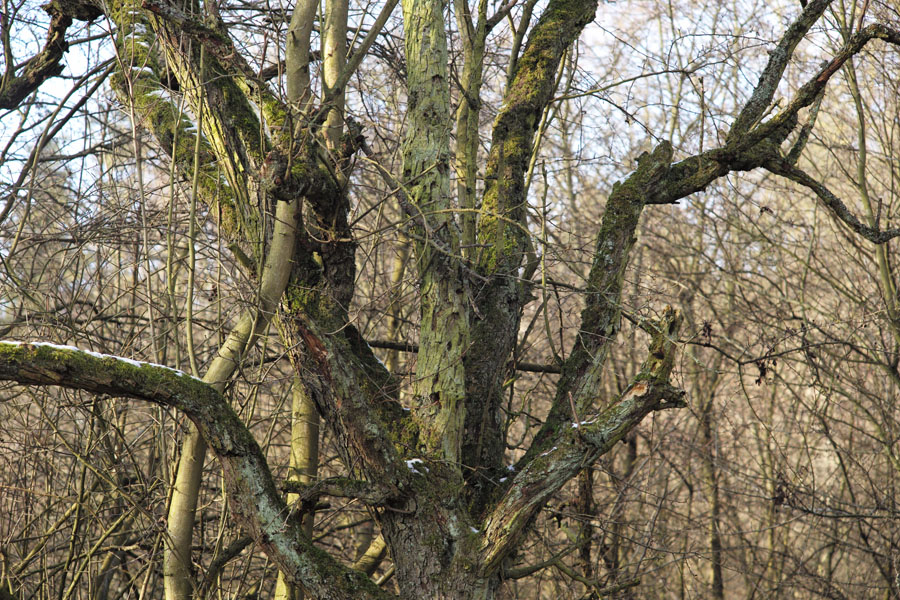 |
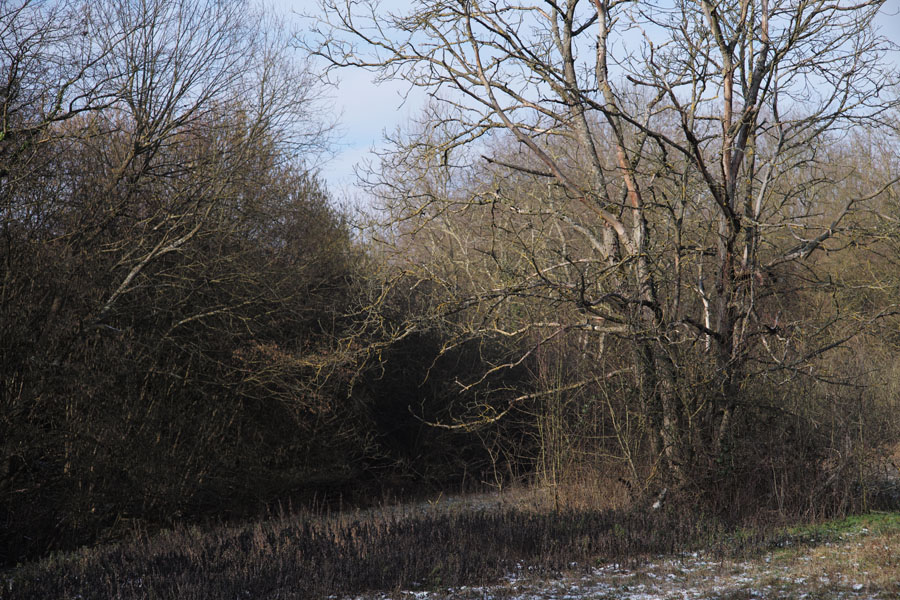 |
|
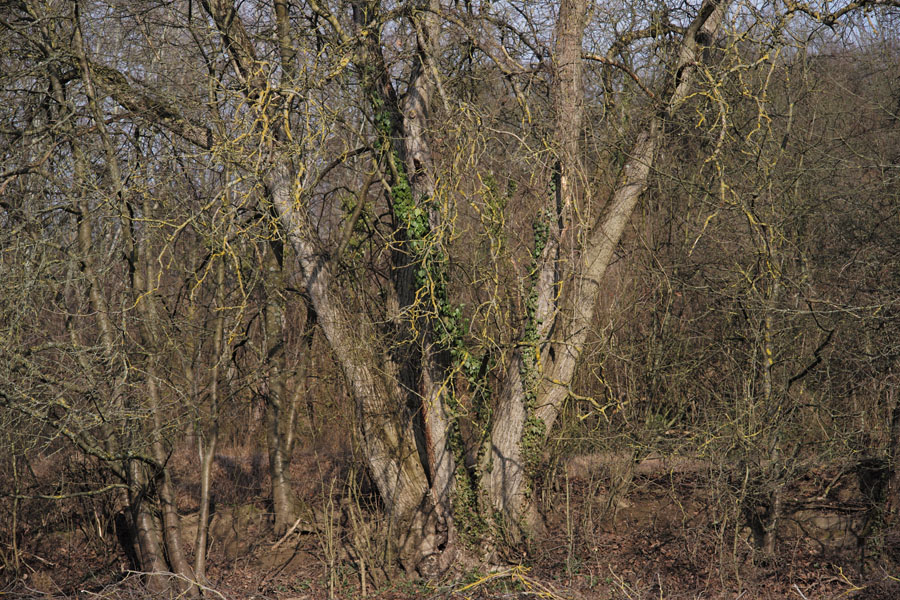 |
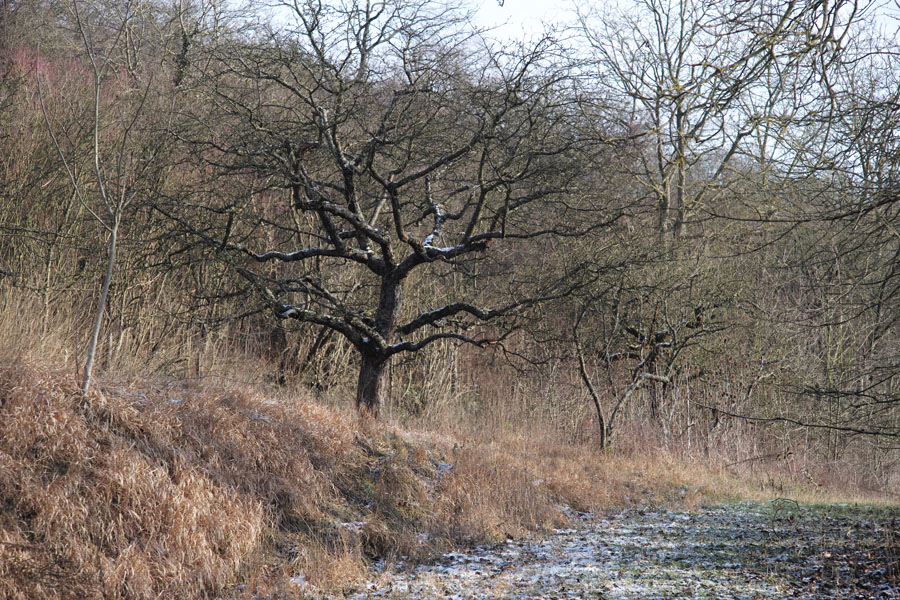 |
|
 |
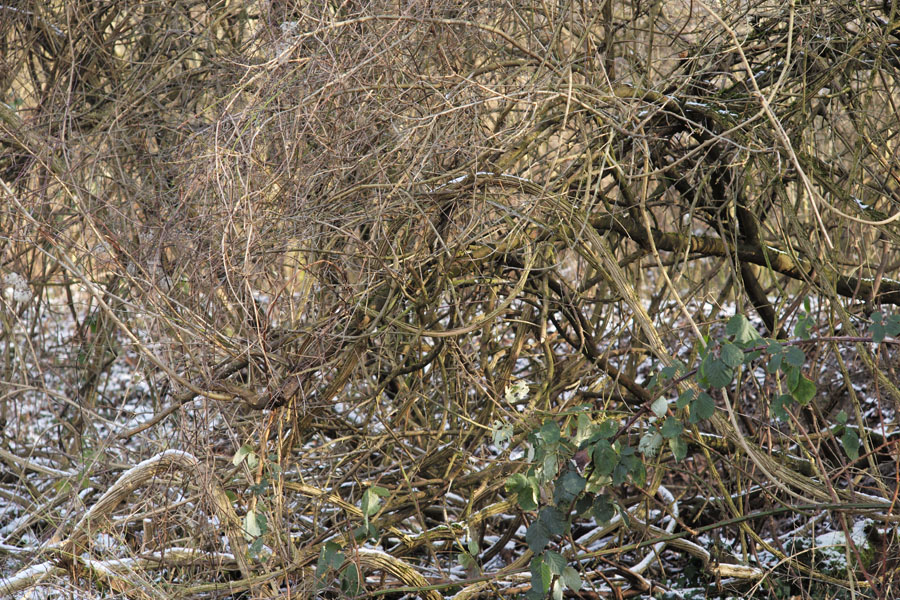 |
|
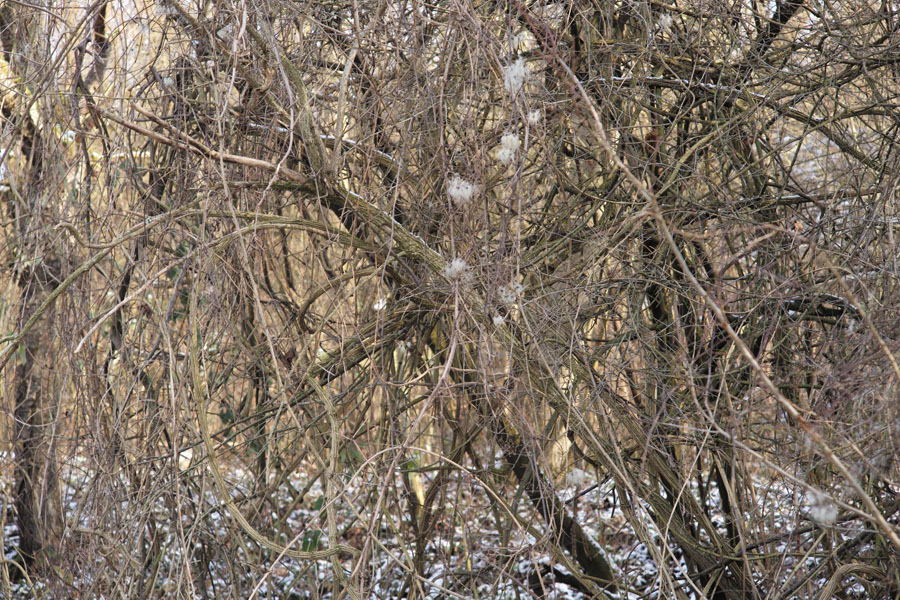 |
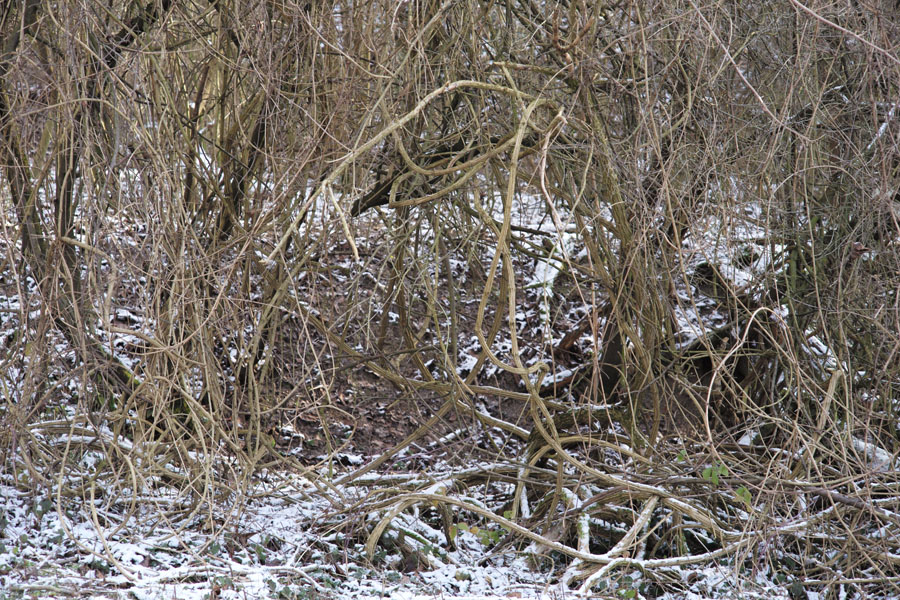 |
|
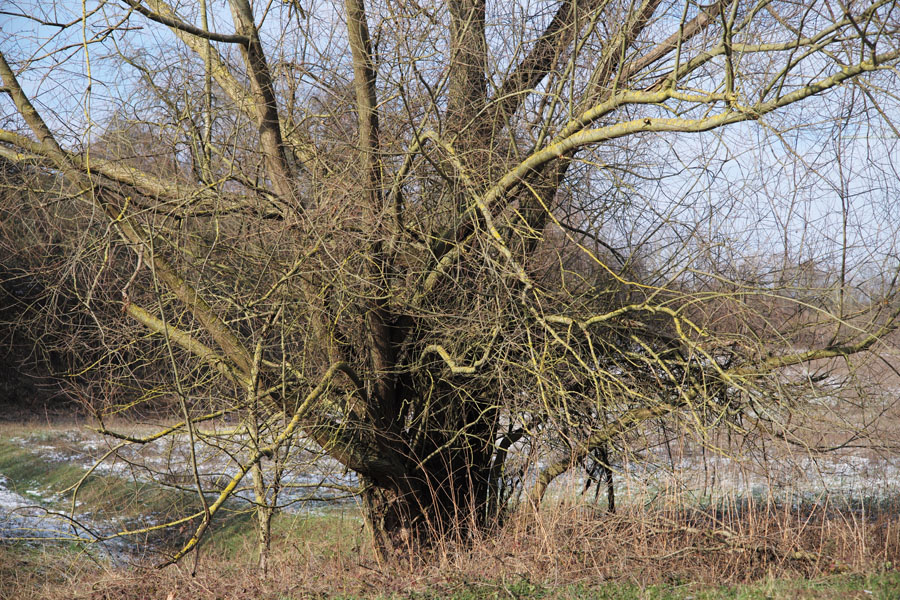 |
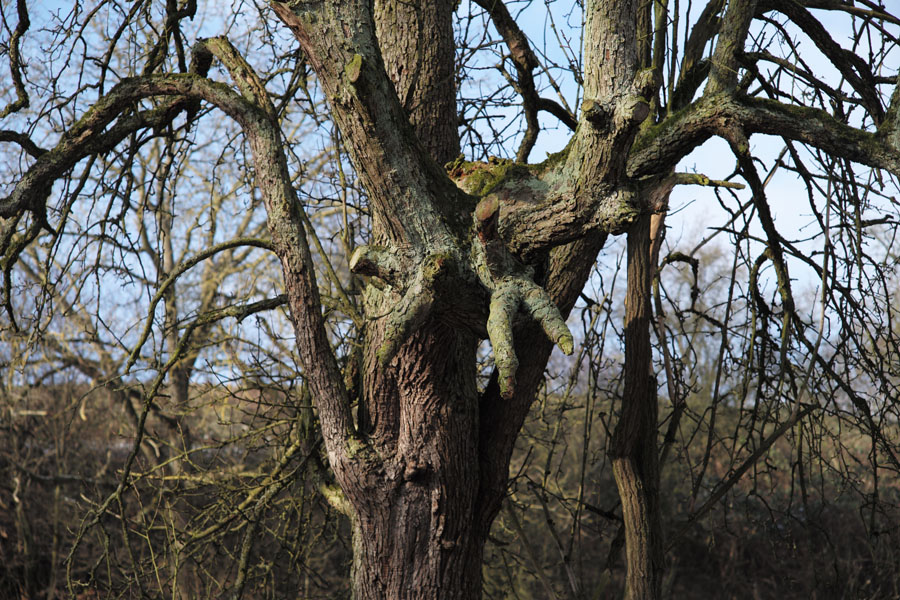 |
|
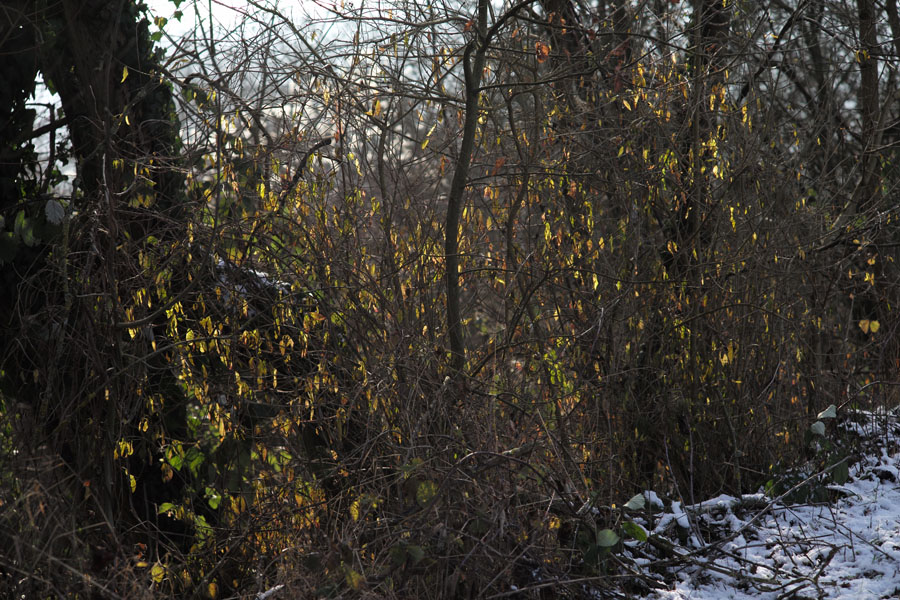 |
 |
|
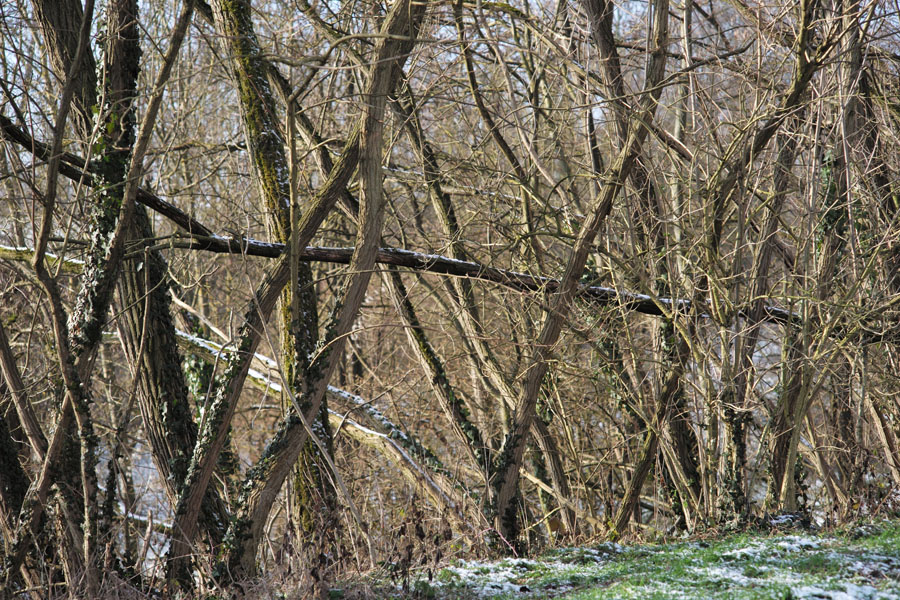 |
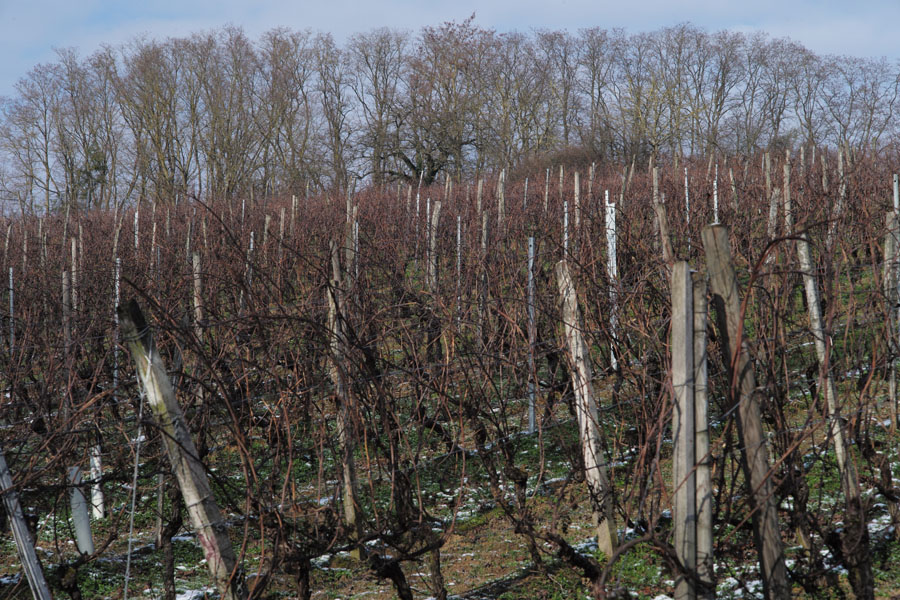 |
|
 |
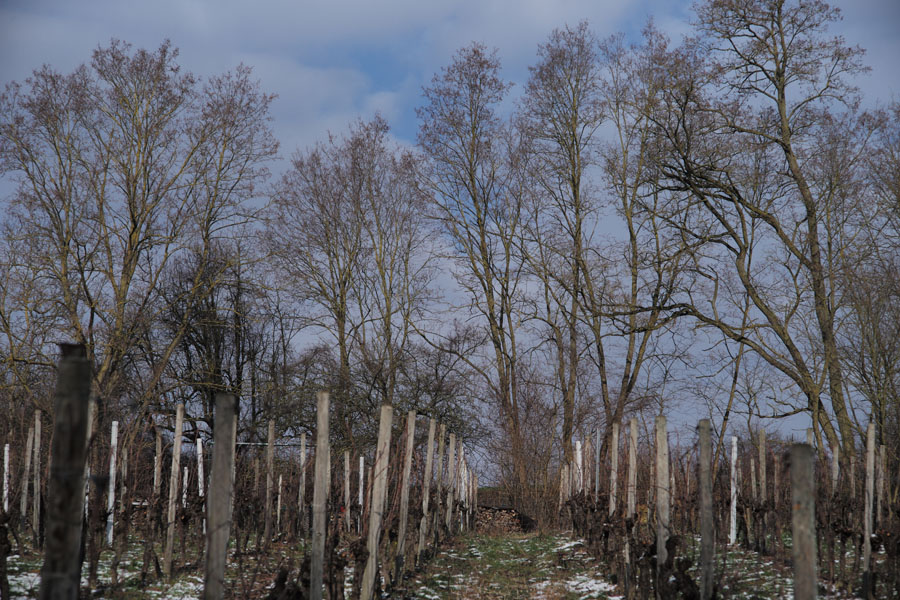 |
|
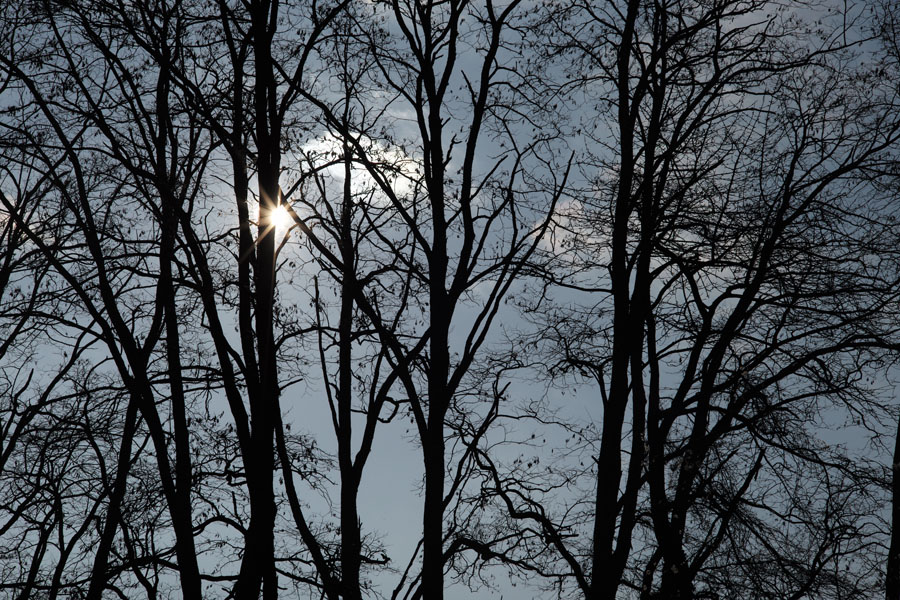 |
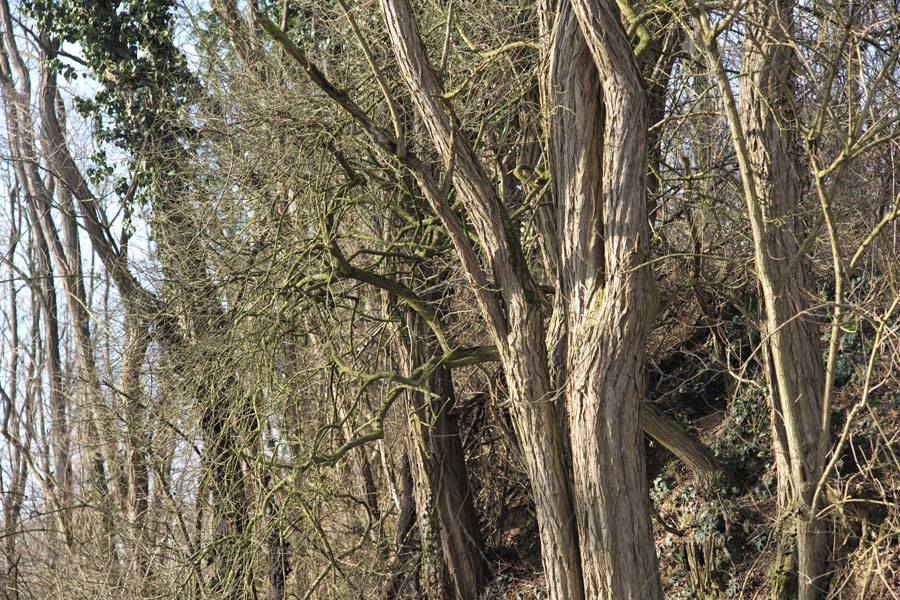 |
|
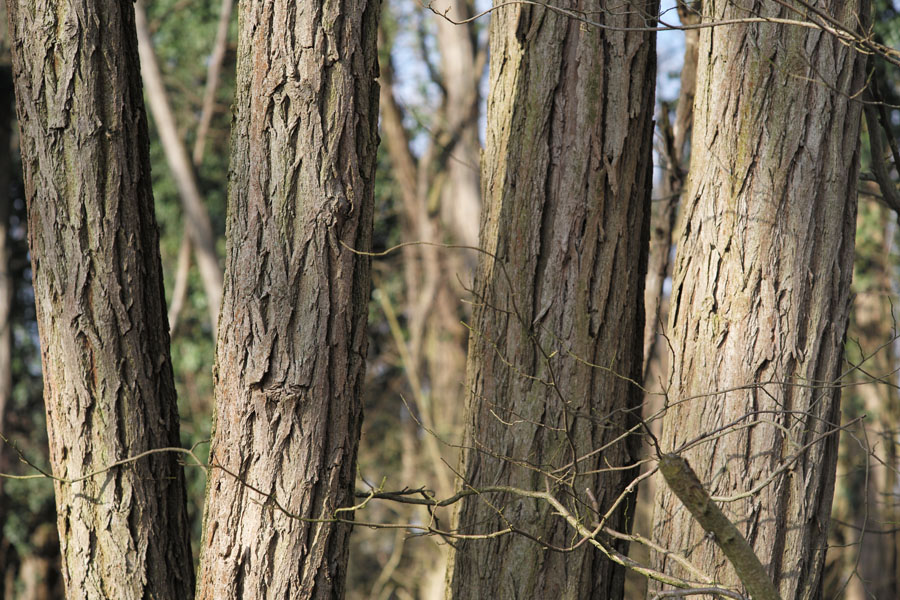 |
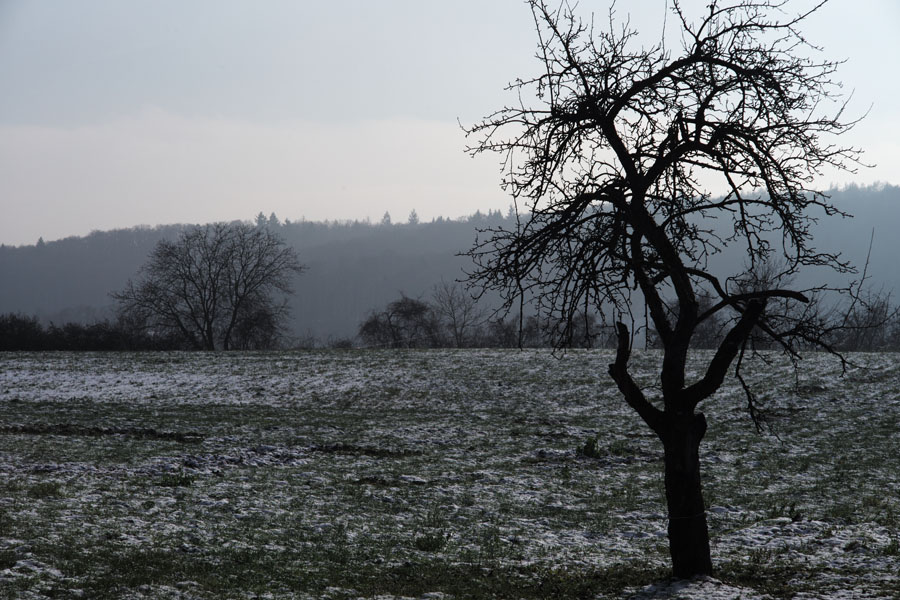 |
|
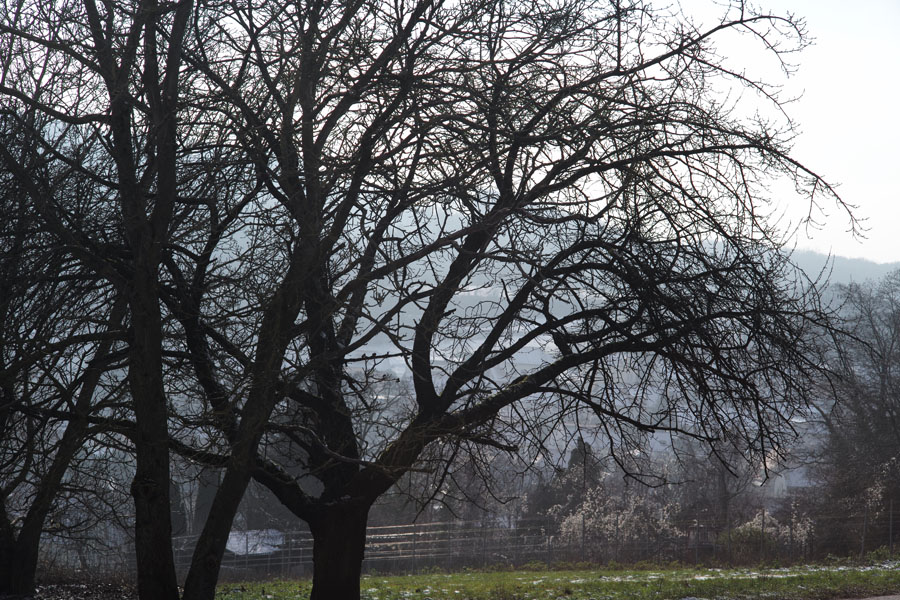 |
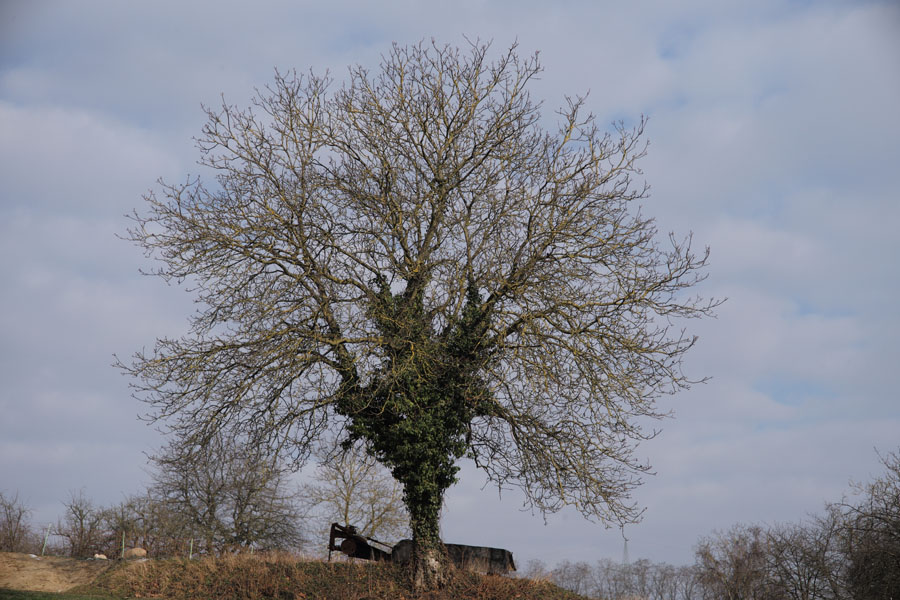 |
|
 |
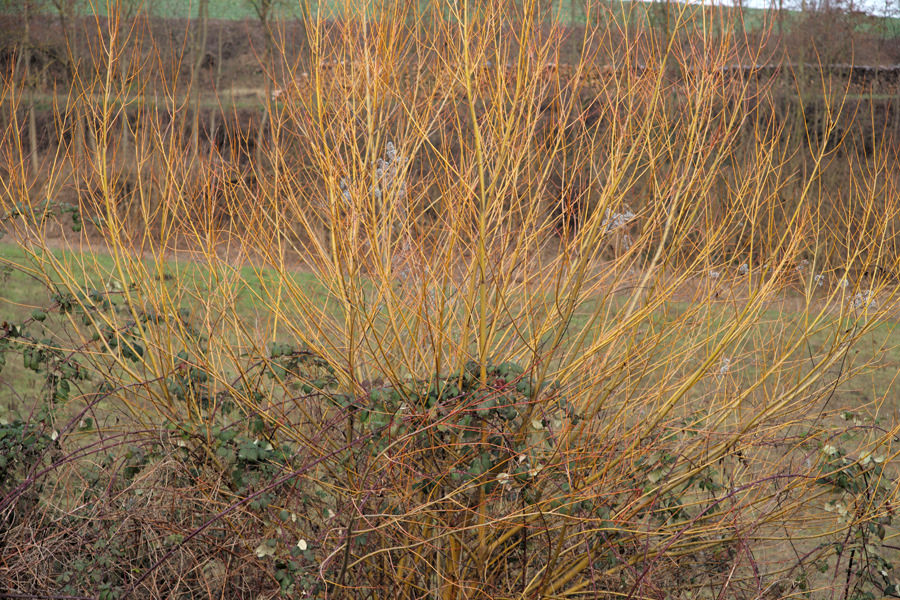 |
|
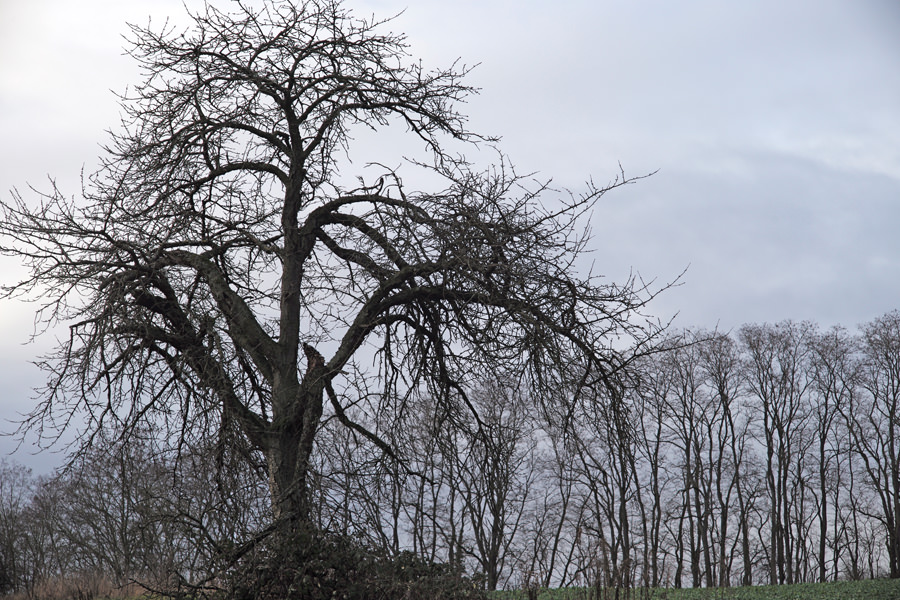 |
Close-Up Behavior
Smallest Object Field / Magnification
| Smallest object field/width | 372 x 248 mm (calculated), 300 mm (from photo) |
| Magnification | 1:9 (Ken Rockwell), 1:10.4 (calculated) 1:8.4 (from photo) |
*) See photo below:

w = 300 mm; magnification = 35.8/300 = 1:8.4 (1:8.5)
Photo: Leitz Elmar-C 90mm f/4 lens (300 mm)
With Quenox Quenox Extension Tube for Leica M
Distance > |
Infinity | 1 m (closest) |
Smallest object width |
303 mm* | 154 mm* |
| Magnification | 0.12 = 1:8.5 => approx. 1:8.5 | 0.23 = 1:4.3 => approx: 1:4.5 |
*) See photos below:
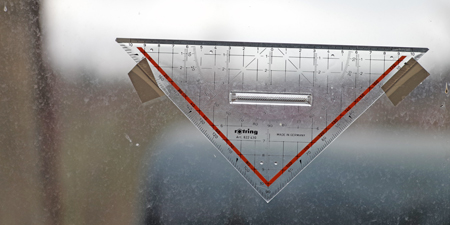 |
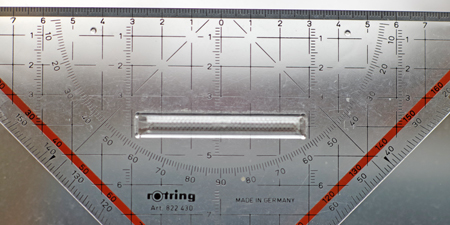 |
Photos: Test shots with Leitz Elmar-C 90mm f/4 and Quenox Extension Tube for Leica M; distance set to infinity (left) or closest distance (right)
Closest Distance
The following photos are meant to demonstrate the lens' close-up behavior:
 |
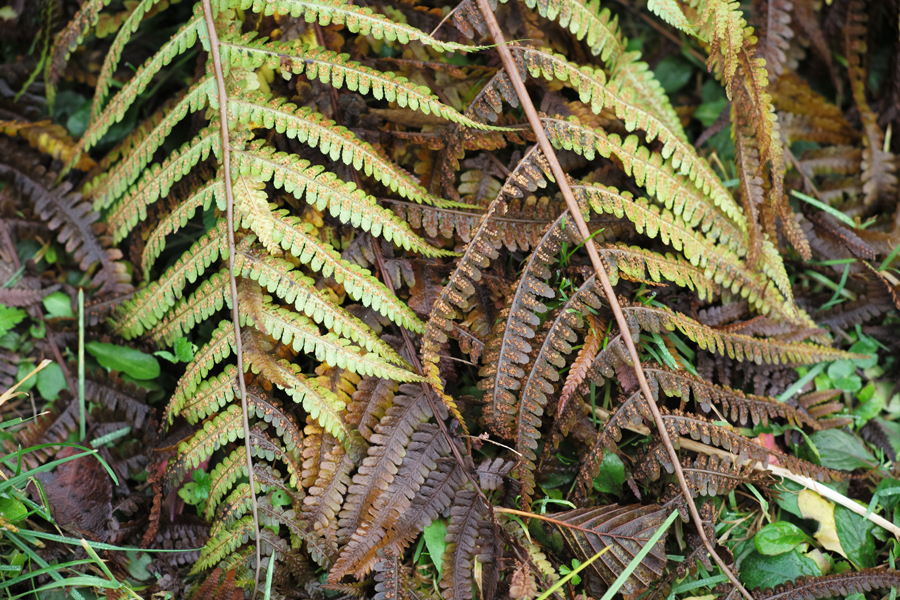 |
The Leitz Elmar-C 90mm f/4 lens is among the lenses that have the best close-up behavior. If you use an extension tube like the Quenox Extension Tube for Leica M, which is a replacement for the now "extinct" Leitz OUFRO (16469Y) (1 cm), this improves only if you set the distance to the shortest possible distance (1m). You get a magnification of up to 1:4.5 with this lens, which is a little more than a postcard. Regrettably, there are no sample photos with this lens available, but the photos taken with the Leitz Elmarit-M 90mm f/2.8 should be similar.
Overall, for longer lenses the Quenox extension tube is most effective it you set the distance to the minimum possible value. Quality-wise, this is probably not a good idea...
Conclusions
Disclaimer: I am not a lens expert who sees marked differences between various Leica and/or other lenses. I can check for soft corners, find differences in color rendition, and, in rare cases, may discover a "3D look", but that's all. Please regard therefore my conclusions as the verdict of a "layman".
Manual focusing with the Leica Elmar-C tele lens, which is the second longest one that I own, was difficult for me at the beginning. In the meantime, I am more successful with this lens. Perhaps, manual focusing is easier with the Leica M (Typ 240) than with the Ricoh GXR...
The Elmar-C 90mm f/4 lens is smaller and lighter than the Tele Elmar 135m f/4 lens und thus, has an advantage at least in this respect.
Overall, I am quite pleased with the results that this lens produces, but I have to admit that I use(d) it rarely...
Links
- Leitz Elmar-C 90mm f/4 at Ken Rockwell "Leica Lens Reviews" (scroll to the lens): www.kenrockwell.com/leica/lens-reviews.htm#90
- 90mm f/4 Elmar-C (Leica Wiki): www.l-camera-forum.com/leica-wiki.en/index.php/90mm_f/4_Elmar-C
- Olypedia: Leica CL (German): olypedia.de/Leica_CL#Leitz_Elmar-C_1:4.2F90_mm
| 04.07.2024 |